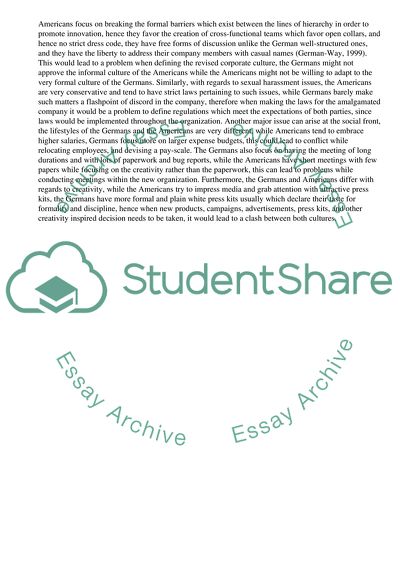Cite this document
(Cross Cultural Issues in International Business Term Paper - 1, n.d.)
Cross Cultural Issues in International Business Term Paper - 1. Retrieved from https://studentshare.org/business/1743528-cross-cultural-issues-in-international-business
Cross Cultural Issues in International Business Term Paper - 1. Retrieved from https://studentshare.org/business/1743528-cross-cultural-issues-in-international-business
(Cross Cultural Issues in International Business Term Paper - 1)
Cross Cultural Issues in International Business Term Paper - 1. https://studentshare.org/business/1743528-cross-cultural-issues-in-international-business.
Cross Cultural Issues in International Business Term Paper - 1. https://studentshare.org/business/1743528-cross-cultural-issues-in-international-business.
“Cross Cultural Issues in International Business Term Paper - 1”, n.d. https://studentshare.org/business/1743528-cross-cultural-issues-in-international-business.


